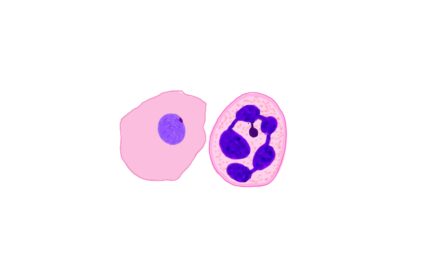ACUTE APPENDICITIS
Acute appendicitis is the process of acute inflammation of appendix.
Appendicitis is the most common abdominal surgical emergency.
It can occur in any age groups but more common in young adults and adoloscents.
Pathogenesis:
Multifactorial: obstruction, ischemia,infections or hereditary factors contribute.
Acute appendicitis usually begins due to luminal obstruction(usually caused by small fecalith which is a hard fecal material.) This increases intraluminal pressure resulting in Ischemic injury and stasis of luminal contents. This favors bacterial proliferation and subsequently mounts inflammatory response.
The outcome is edema and neutrophilic infltration of the lumen, muscular wall, and periappendiceal soft tissues.
If the inflammation is not taken care at this stage, the pressure resulting due to inflammation and edema may predispose to the development of complications like gangrene, perforation, and peritonitis.
Clinical features: Typically, the patient describes a peri-umbilical colicky pain, which increses ina severity during the first 24 hours, becoming constant and sharp, and migrates to the right iliac fossa. loss of appetite along with nausea is a peredominant feature.
Morphology:
Gross: Appendix will be swollen,
Serosa will be dull and may be covered by exudate( Normally, the serosa is shiny and smooth)
In case of complicated appendicitis, Gangrene, perforation many be seen.
Appendicular mass may be formed in the later stages.
Microscopy:
Lumen: may be filled with exudate ( collections of neutrophils in the lumen)
Mucosa: may show erosions or ulcertions
Submucosa may show hyperplastic lymphoid follicles. Dense acute inflammation is seen in all the layers
Muscularis: The diagnosis of acute appendicitis is made only by the demonstration of neutrophils in the muscularis layer.
Serosa; the inflammation may be extended to the serosa.
Complications of acute appendicitis
a. Acute supputaive appendicitis
b. Gangrenous appendicitis
c. Perforation leading to peritonitis
d. Formation of perippendicular abscess/ mass
e. Rarely portal venous thrombosis, liver abscess and bacteremia.












